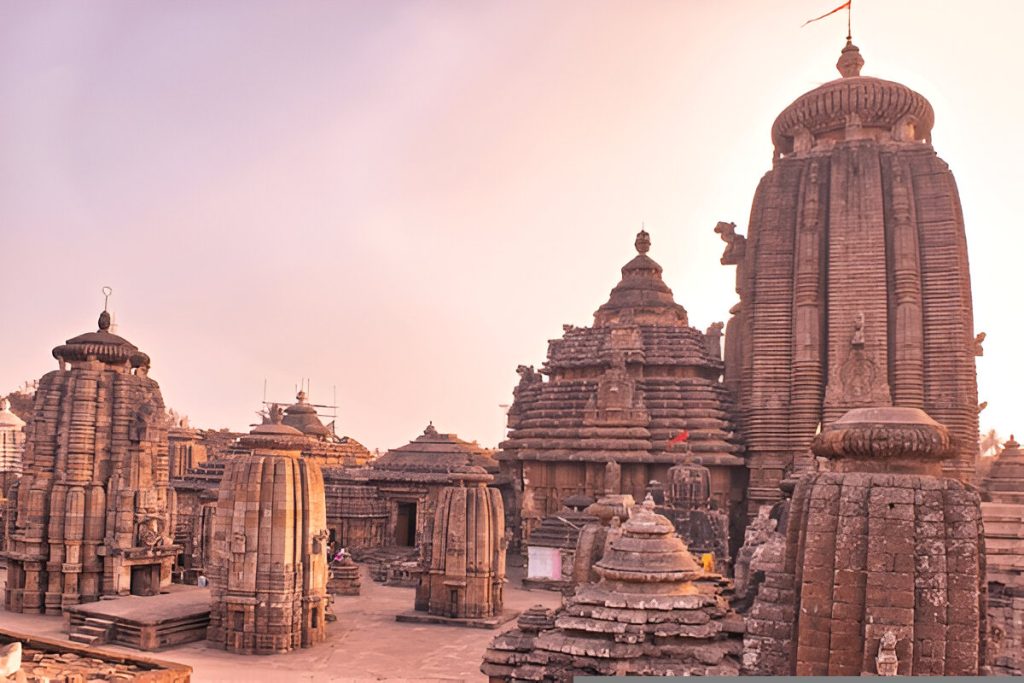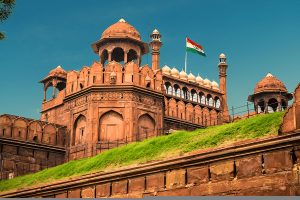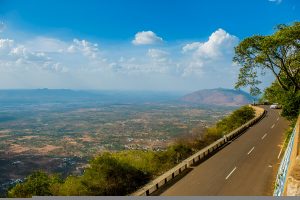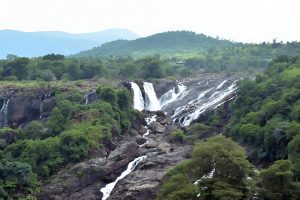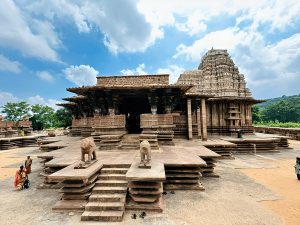Concealed within the spiritual heart of Odisha, Bhubaneswar lies the Lingaraj Temple—a site of reverence that is a far cry from being a temple alone—it is an ancient marvel that brings life to India’s rich cultural history. Standing over 180 feet tall, the 11th-century Lord Shiva temple stands as a phenomenal example of Kalinga architecture, and must-see destination for any history enthusiast, architectural aficionado, or spiritual tourist.
A Glimpse into the Divine: The Significance
Lingaraj signifies “The King of Lingas”—a mighty symbol of Lord Shiva. What is unique about this temple is that it is a blend of Shaivism and Vaishnavism—although it is basically a Shaivite temple, Lord Vishnu is also worshipped here in the form of Harihara, a union of Shiva and Vishnu. This religious harmony in worship reflects the spiritual cohesion of ancient India.
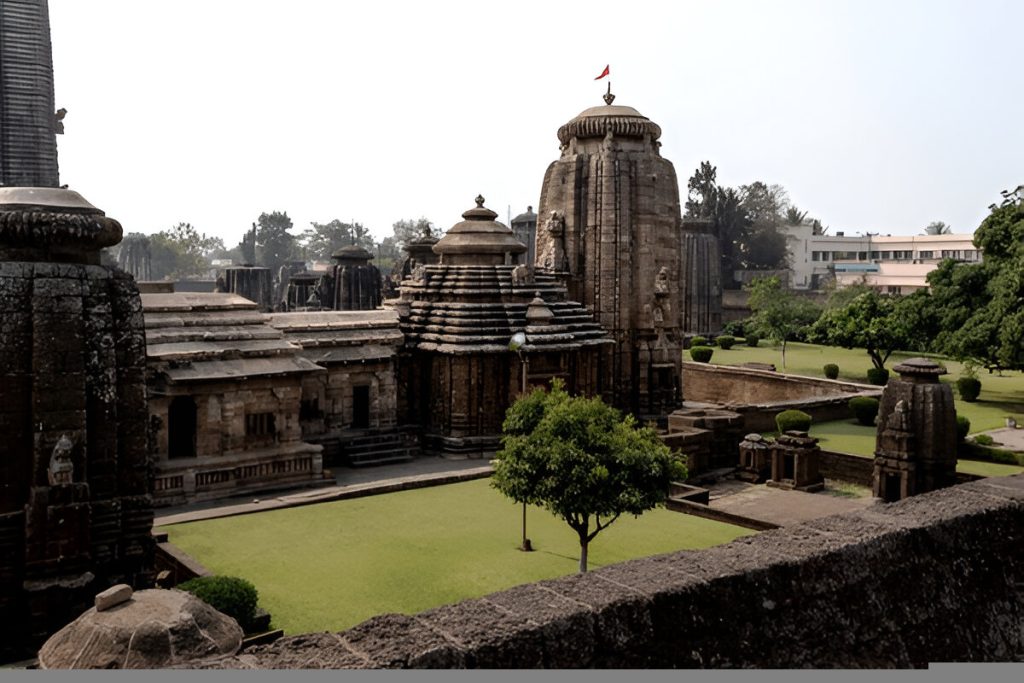
Architectural Grandeur
Made up of dark and light sandstone, the Lingaraj Temple is a perfect example of the Kalinga style of architecture with its giant deula (sanctum), jagamohana (assembly hall), nata-mandira (festival hall), and bhoga-mandapa (offering hall). The shikhara (spire) is mountain-like, sculpted with beautiful celestial beings, mythological stories, floral designs, and deities, playing a symphony of vision in stone. The temple complex itself is huge and contains more than 50 miniature shrines, each with individual carvings and tales to tell.
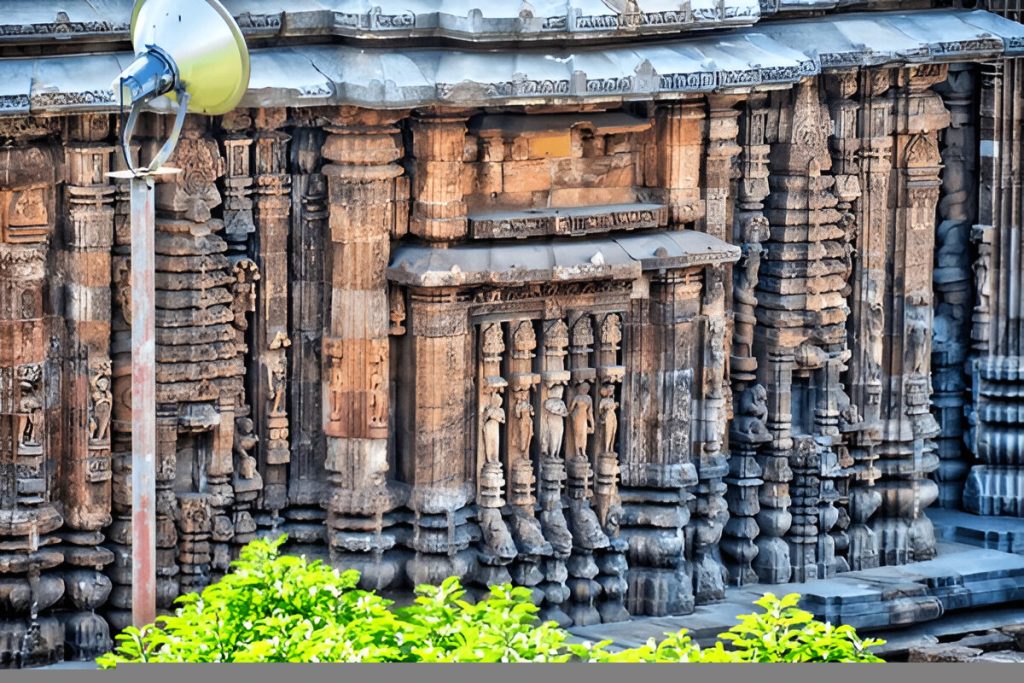
5 Amazing Facts About Lingaraj Temple
- Age & Authenticity: The temple dates back to the 11th century, though parts are believed to be even older—possibly from the 6th century!
- No Foreigners Allowed Inside: Only Hindus are allowed into the inner sanctum, but the temple’s grandeur can be appreciated from a viewing platform nearby.
- Bindu Sagar Connection: The sacred Bindu Sagar Lake, just behind the temple, is believed to contain drops from all holy rivers of India.
- Rath Yatra: Lingaraj has his own Rath Yatra, just like Lord Jagannath in Puri, where the deity is taken to the Rukuna Ratha.
- Intricate Stone Drainage: An ancient and surprisingly advanced drainage system runs throughout the temple, showcasing early engineering brilliance.
What to See
- Main Shrine: Gaze up at the massive tower and observe the sculptural details.
- Smaller Shrines: Walk around to explore numerous miniature temples.
- Bindu Sagar Lake: A serene place for reflection with legends in every ripple.

- Viewpoint Platform: A perfect spot for photography and panoramic temple views.
Best Time to Visit (With Less Crowd)
To enjoy the temple in peace and avoid the hustle of peak pilgrim season:
- Visit between August and October or February to early March.
- Weekdays, especially early mornings (6–8 AM), are ideal for a quiet experience.
- Avoid major festivals like Shivaratri and Rath Yatra if you’re looking to skip crowds.
Final Thoughts
Lingaraj Temple isn’t just a structure—it’s a living relic of devotion, art, and architectural genius. Whether you’re a seeker, a photographer, or a curious traveler, this temple offers a rich, immersive journey into India’s spiritual soul.

